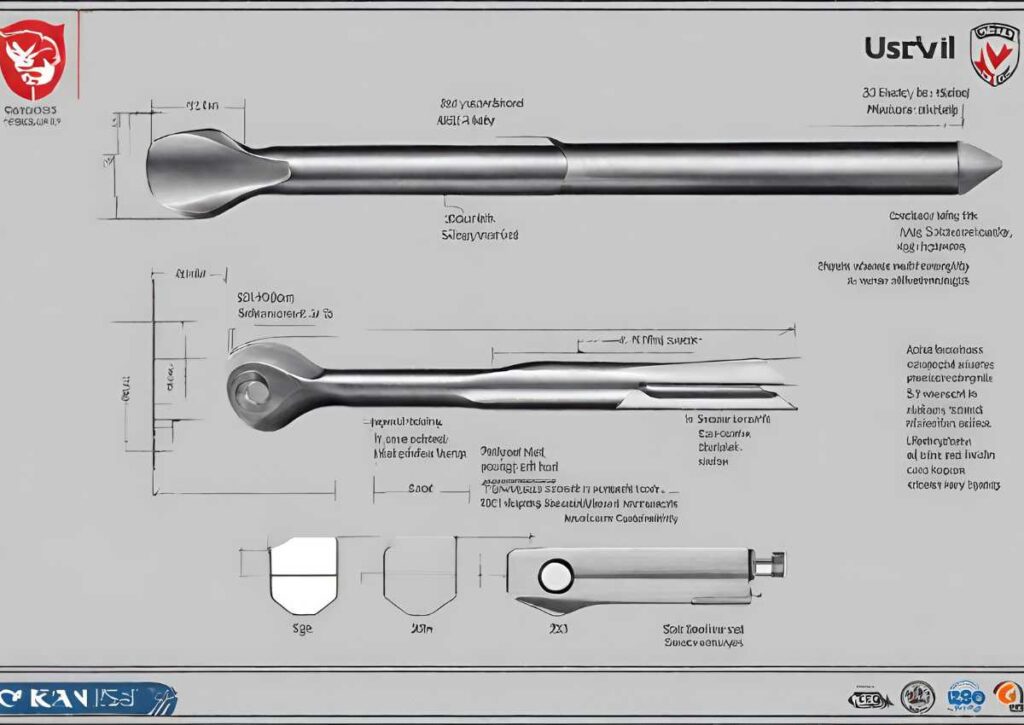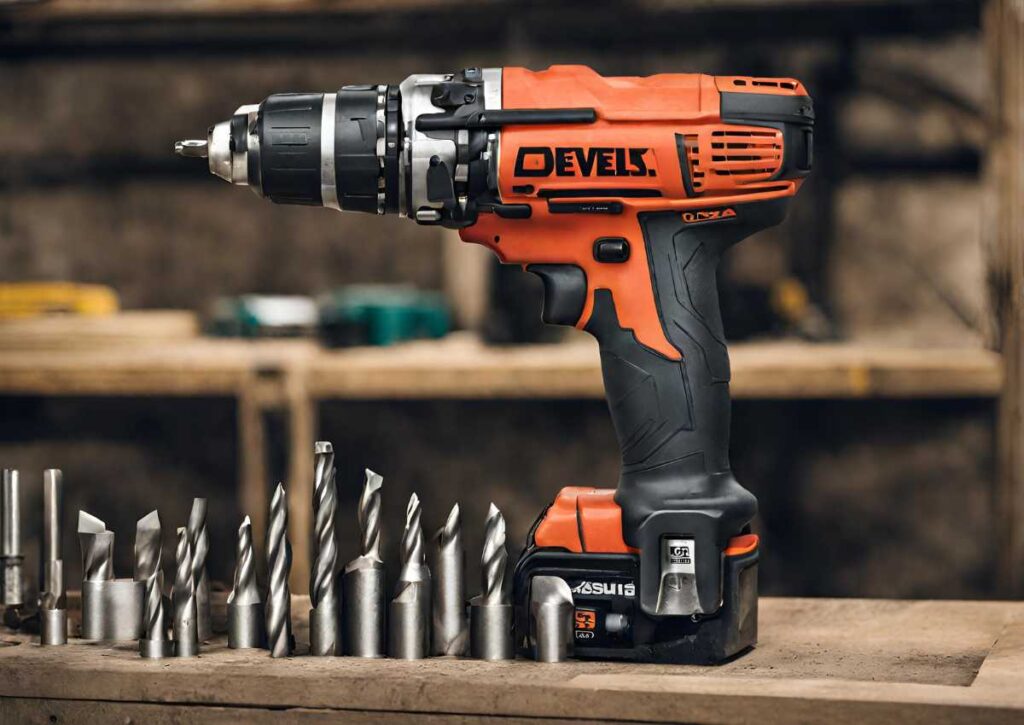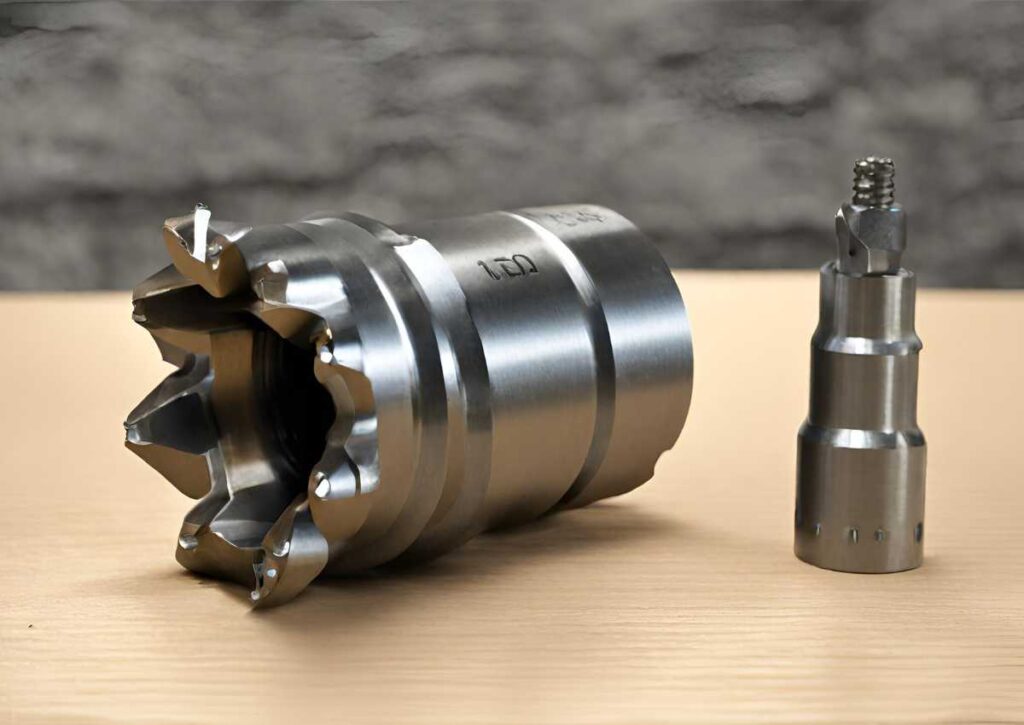Shank drill bits are the unsung heroes of precision drilling, connecting the cutting edges with the drill and enabling a seamless interaction with the workpiece.
Essential for drilling and connecting cutting edges to the chuck, with diverse designs like braces, straight, hex, SDS, triangle, Morse taper, square, and threaded shanks.
In this guide, we delve into various shank types, their applications, and the advantages they bring to the realm of drilling.
Brace Shank: A Relic of the Past
Brace drill bit shanks, prevalent before 1850, boast a tapered design.
This shank, while challenging to find references for its taper angle, offers ease of forging, wide tolerances, and moderate torque transmission. It requires a suitable chuck for effective use.
Straight Shank: Versatile and Widely Used

The straight shank, featuring a uniform diameter throughout, dominates modern drill bits. Ideal for three-jaw chucks, its versatility allows for precision drilling.
Reduced-shank variants and Silver & Deming bits enhance compatibility, offering adaptability for various chuck sizes.
Hex Shank: Efficiency in Hexagonal Form
Hexagonal shanks, either machined or natural, bring efficiency to the forefront. With zero manufacturing efforts using hex bar stock, they seamlessly fit into hex screwdriver bit chucks.
High-torque transmissions and a no-slip design make hex shanks an excellent choice.
SDS Shank: Revolutionizing Hammer Drilling

The SDS shank, in its Plus and Max variations, revolutionizes hammer drilling in masonry. The non-circular cross-section allows the bit to slide freely, enhancing productivity.
SDS systems, introduced by Bosch, offer quick-chucking operation and improved hammer drilling performance.
Triangle Shank: Balancing Precision and Torque
Crafted by machining three flats on round bar stock, the triangle shank balances accuracy and torque transmission.
Compatible with drill chucks, it provides an alternative to traditional straight shanks.
Morse Taper Shank: Precision in Metalworking

Morse taper shanks, widely used in metalworking, allow direct mounting into drill spindles, lathe tailstocks, or milling machines.
Self-locking and providing a positive drive, Morse taper shanks ensure high torque transmission and precise centering.
Square Shank: For Large Ratchet Drills
Historically used in large ratchet drills for drilling sizable holes or thick plates, square taper drills offer a robust design.
They fit directly into ratchet drills, utilizing arm pressure for effective drilling.
Threaded Shank: Navigating Tight Spaces

Threaded shanks find utility in drills, wire wheels, and more. Aircraft metalwork often features small threaded drill bits.
Threaded countersink cutters, coupled with depth stops, create holes for flush rivets in confined spaces.
Conclusion
As we explore the diverse world of shank drill bits, each type unveils unique characteristics catering to specific drilling needs.
Whether you’re working on intricate projects or tackling robust tasks, understanding shank varieties empowers you to choose the perfect tool for the job.
Stay tuned for more insights into the evolving landscape of precision drilling.
FAQs
What is the significance of the shank in a drill bit?
The shank is crucial, as it connects the cutting edges of the drill bit to the chuck of the drill.
It ensures a secure grip, enabling effective transmission of torque and precise interaction with the workpiece.
Are all shank drill bits the same, or do they vary in design?
Shank drill bits come in various designs, including brace, straight, hex, SDS, triangle, Morse taper, square, and threaded shanks.
Each design serves specific purposes, offering unique advantages in drilling applications.
How do hex shank drill bits differ from other types?
Hex shank drill bits feature a hexagonal shape, offering efficient torque transmission and a no-slip design.
They are suitable for use in hex screwdriver bit chucks, making them versatile for certain drilling tasks.
What is the advantage of SDS shank drill bits in hammer drilling?
SDS shank drill bits, with their non-circular cross-section, allow for free sliding during hammer drilling in masonry.\
This design enhances productivity by focusing the hammer action on the drill bit itself.
Can triangle shank drill bits be used in standard drill chucks?
Yes, triangle shank drill bits can be held in standard drill chucks.
They offer a balance between accuracy and torque transmission, making them a viable alternative to traditional straight shanks.
What sets Morse taper shank drill bits apart in metalworking?
Morse taper shank drill bits are designed for direct mounting into drill spindles, lathe tailstocks, or milling machines.
They provide a self-locking taper, ensuring high torque transmission and precise centering in metalworking applications.









